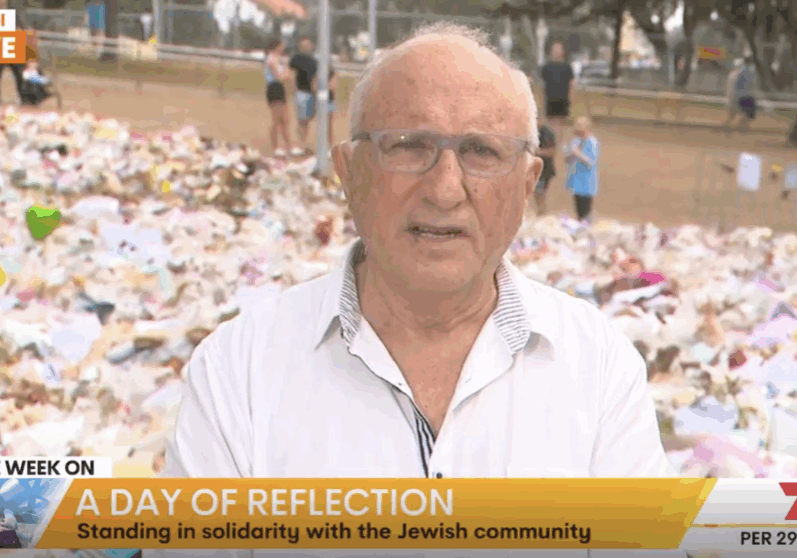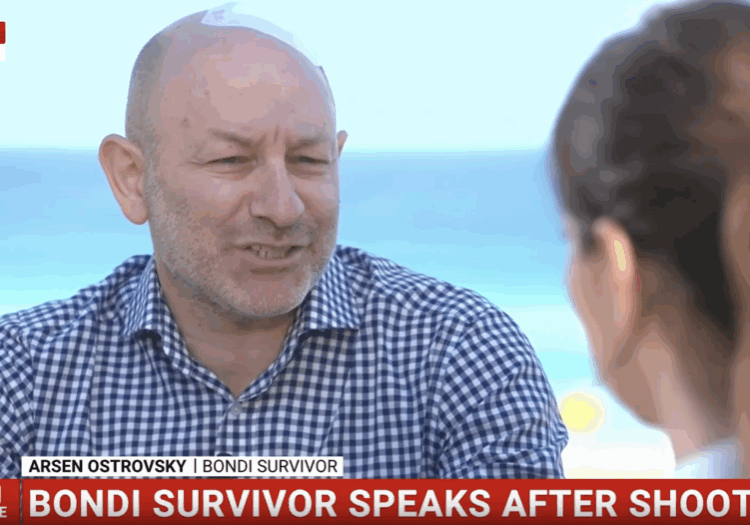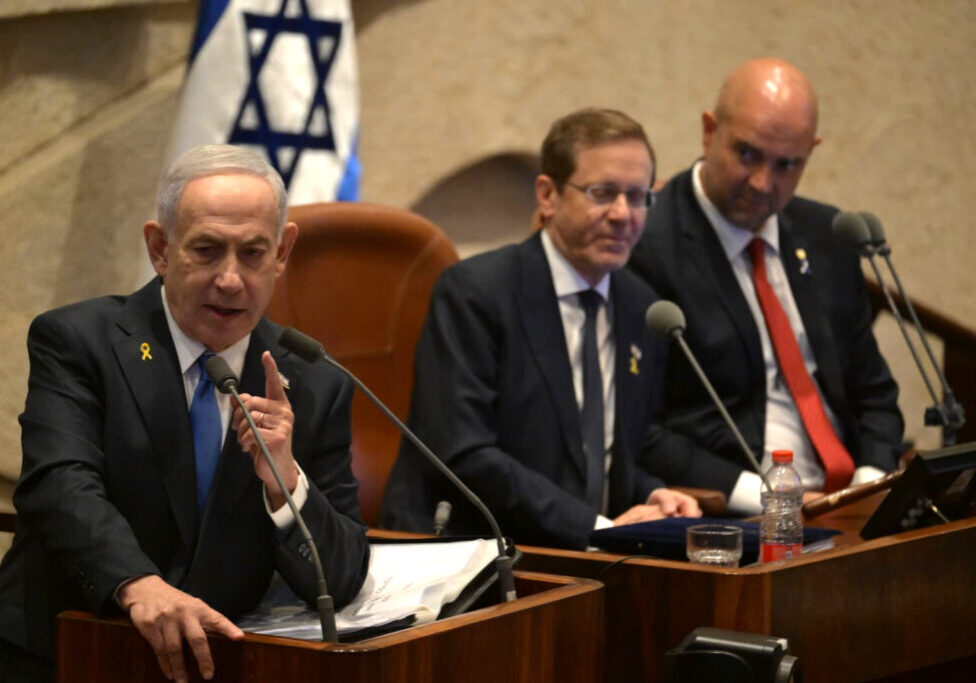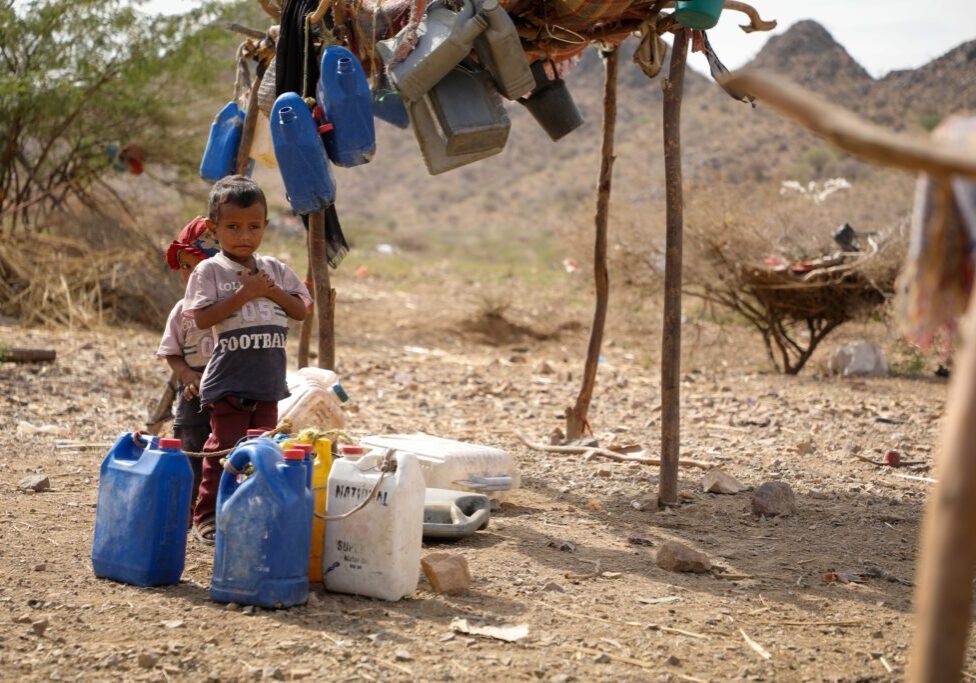FRESH AIR
Local reports on Holy Sepulchre flare-up omit key information
April 19, 2023 | Ahron Shapiro

Contrary to media reports that Israeli police had arbitrarily restricted the numbers of worshippers allowed to enter the Church of the Holy Sepulchre for the Holy Fire ceremony on April 15, it was the Church’s own staff architect that had asked the police to set those precise limits in the interests of safety, according to a letter reprinted by the Times of Israel.
Lazar Berman’s April 15 article provided a screenshot of the letter to Israeli police by architect Teo Metropoulos, written on official stationery and dated April 3, warning that since the church’s sole entrance is just three metres wide and must also serve as an exit, a limit of 1,800 visitors inside the building and 200 in an outdoor courtyard must be enforced for safety.
A joint ABC/AP article posted on the ABC website on April 13 implied that Israeli authorities had imposed the limit on their own initiative, airing an outrageous comparison that Jews had not had similar restrictions imposed on their visits to the Western Wall during Passover – omitting the obvious reality that the Western Wall is comprised of a sprawling outdoor prayer space with multiple exits that physically has nothing in common in terms of serpentine layout, bottlenecks and crowd capacities that the Church of the Holy Sepulchre has. The article stated:
Simmering tensions in the community came to a head over Orthodox Easter rituals, as Israeli police announced strict quotas on the thousands of pilgrims seeking to attend the rite of the “Holy Fire” at the Church of the Holy Sepulchre.
Citing safety concerns over lit torches being thrust through massive crowds in the church, authorities capped Saturday’s ceremony at 1,800 people.
On Wednesday, priests who saw police open gates wide for Jews celebrating Passover — which coincided this year with the Christian Easter — alleged religious discrimination.
Without directly correcting the claims made in the earlier article, a separate AP story published on the ABC’s website on April 16 did provide additional context, offering evidence that the specific dangers posed by overcrowding at the Church of the Holy Sepulchre at the ceremony were not merely theoretical. Such gatherings had led to catastrophe in the past, while a deadly stampede at a Jewish pilgrimage site at Mt. Meron back in 2021 also weighed on Israeli thinking. As the April 16 report indicated:
In 1834, a stampede at the event claimed hundreds of lives while two years ago, a crush at a packed Jewish holy site in the country’s north killed 45 people.
Authorities say they are determined to prevent a repeat of the tragedy.
The same report also provided crucial details helping readers better understand the circumstances surrounding the event, namely that entry had been restricted to local Christians and visitors who had obtained special tickets in advance. All others were directed to an overflow space where the event was livestreamed onto large screens.
A version of this story with added reporting from the Times of Israel noted that “video circulating on social media apparently showed minor scuffles between police and worshippers trying to break through the barriers.”
In other words, by and large, the crowd control system the police had devised in advance worked, and an egregiously dangerous situation that would arise from overcrowding and open flames was averted. In a few cases, people tried to bypass the safety gates, sometimes forcefully, and they were prevented from doing so.
The Church of the Holy Sepulchre matter was also covered by SBS TV World News, which relied upon a video clip filed by the BBC’s Yolanda Knell. CAMERA-UK’s Hadar Sela wrote up a critique of Knell’s longer report which aired in the UK and suffered from basic factual errors, and accused the reporter of falling for the church’s “policitised talking points”.
Christian holy sites in Israel: A complex maze of overlapping interests
At best of times, managing the expectations of locals and tourists to freely celebrate the rites of Christian holidays at the many sites and shrines within Israel, can be exceedingly complicated – for internal reasons that have little to do with Israel at all, and in fact go back centuries.
(A web-based fact sheet on this very topic by the Greek Orthodox Jerusalem Patriarchate gives some idea of the complexity of the “Status Quo of worship in the Middle East”, purely from its own perspective.)
This is especially evident in the case of the Church of the Holy Sepulchre, an ancient edifice lacking the most basic modern safety requirements – including regarding entries and exits. It is a building that accommodates throngs of tourists year-round and also serves as a shared prayer space for six Christian denominations that perform rites under the same roof, and even in the same rooms, as part of a shaky and often tense status quo going back generations.
Part of the problem about getting reliable information concerning Christian affairs in Jerusalem is the very fact that Christianity itself is so factionalised and divided, and its various bodies and offshoots hold interests in the Holy Land that transcend the basic principle of freedom of worship, and include territorial and even political interests that are reflected in the public pronouncements of some church officials.
For a closer, nuanced look at recent concerns facing Christians in Israel, see Berman’s story from March 30 which looked at a number of recent deplorable incidents of vandalism and other attacks against Christian sites, and what the Israeli authorities are doing about them.
Tags: Christianity, Israel, Jerusalem
RELATED ARTICLES

The Government’s actions still fall short: Joel Burnie on FDD Morning Brief

“The writing was on the wall for a number of years”: Colin Rubenstein on Channel 7 Weekend Sunrise





















